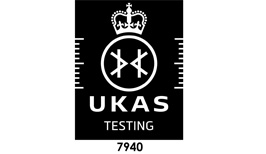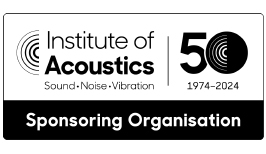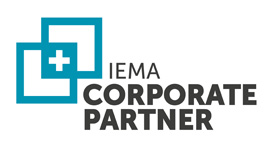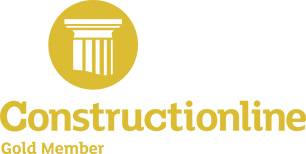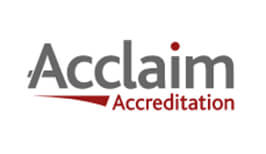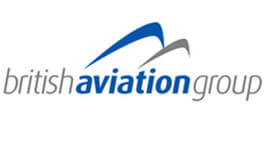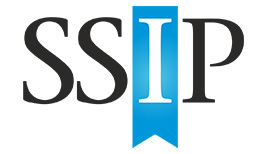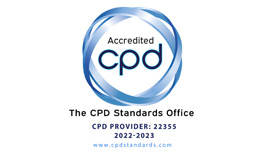
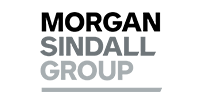

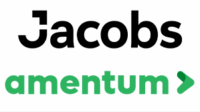


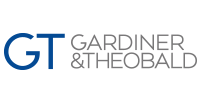



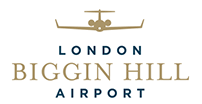
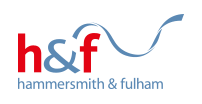
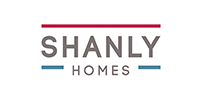


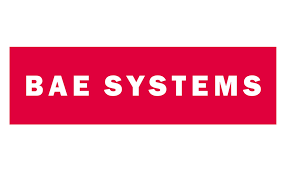
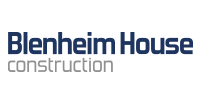

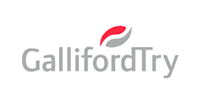


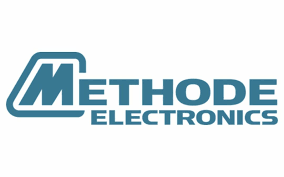
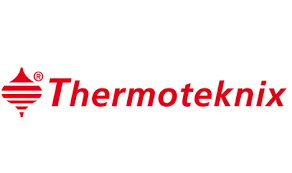
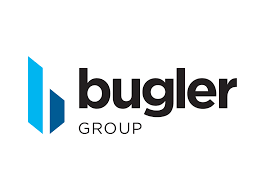
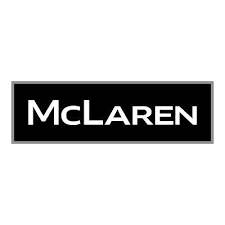

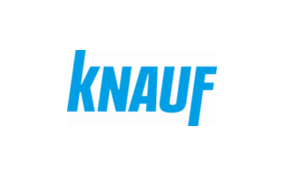
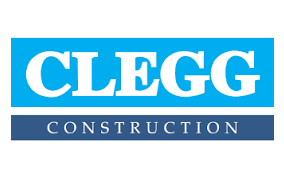
The acoustic absorption coefficient measures how much sound energy a material absorbs compared to how much is reflected or transmitted. This essential acoustic property helps architects, designers, installers, and acoustic consultants choose the right materials to control reverberation, reduce background noise, and improve speech clarity. ISO 10534-1 sound absorption testing using the standing wave tube method is ideal for R&D and product comparison, as it requires only small test samples and eliminates the need for large reverberation chambers, making it a cost-effective and efficient solution for evaluating a wide range of material types.
Our facility is home to acoustics testing, research and education. Our laboratory boasts state-of-the-art test and measurement equipment, calibrated to the highest standards. The highly experienced team is ready to discuss your project-specific needs and determine the most appropriate test methodologies and data analysis to elevate your product potential.
One of the key advantages of the ISO 10534-1 standing wave tube method is its efficiency—only two material samples are required: a 30 mm diameter specimen for high-frequency testing and a 100 mm diameter specimen for low-frequency testing. This makes it a cost-effective option for prototyping and comparing materials before progressing to a full ISO 354 sound absorption test, which demands much larger samples. During testing, the sample is mounted inside a precision standing wave tube, where specialised instrumentation measures the interference patterns created as the material absorbs a proportion of the sound energy generated within the tube.
Test results are delivered in a comprehensive acoustic report detailing the installation method and performance of your test specimen. Data is typically presented as octave band absorption coefficients, giving clear insight into how the material performs across different frequencies. As a specialist acoustic research laboratory, we can also provide custom data analysis and tailored reporting to support product development, material optimisation, or side-by-side product comparisons.
Sound insulation testing – ISO 10140-2
Sound power and Noise Emissions – ISO 3744 / ISO 3745
Medical device (Noise and vibration) – IEC 60601-1
Occupational vibration – ISO 5349
Insertion loss for hearing defenders – ISO 4869
Electroacoustics and Speech Intelligibility – IEC 60268
Don’t see what you need in this list? Get in touch to enquire about our full testing capabilities
Amongst our extensive array of acoustic measurement equipment, we also have specialised test equipment typically utilised for R&D and QC, including stock of the following:
Laser doppler vibrometer; Head and Torso Simulator; Force transducer; Accelerometers; Electrodynamic shaker; Acoustic intensity probe; Reference sound power source; Artificial ear
The expert team at KP Acoustics Research Labs spent a combined 30+ years in the education sector designing, managing and delivering undergraduate and postgraduate degree courses, as well as accredited and bespoke professional courses. Let us help your first-line support, technical advisors, design consultants, sales and marketing teams promote confidence in your products and services by fully understanding the terminology and underpinning concepts behind the acoustic performance, compliance requirements, and practical applications relevant to your industry.




























